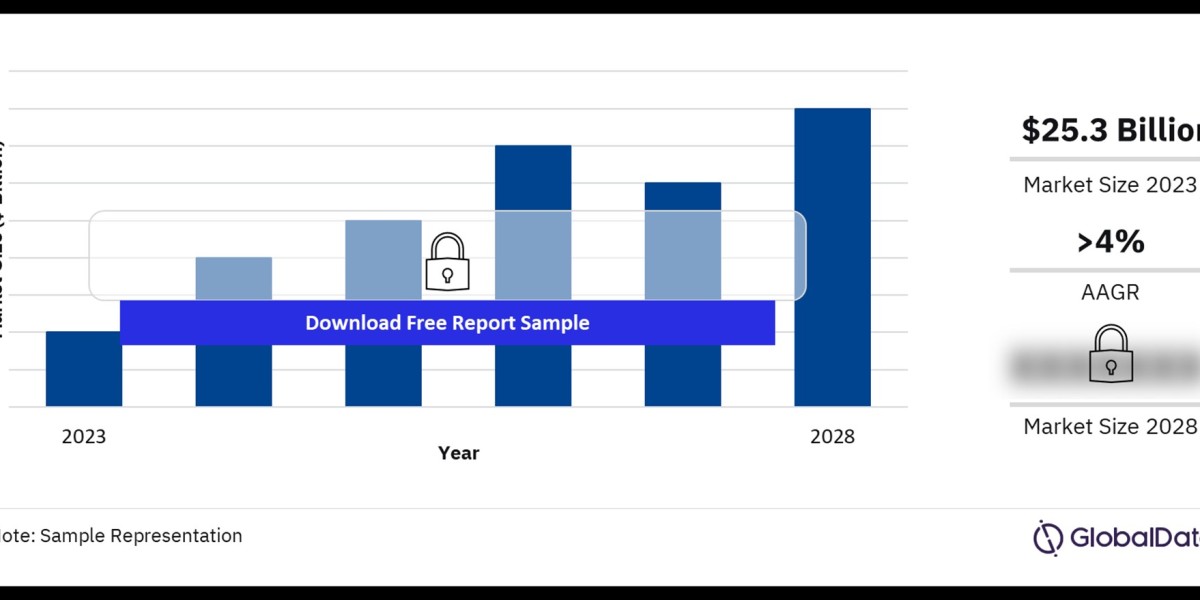The Thailand construction market has witnessed significant growth over the past decade, driven by a combination of economic development, infrastructure projects, and urbanization. As Southeast Asia's second-largest economy, Thailand continues to invest in modernizing its infrastructure, developing smart cities, and attracting foreign investment in construction-related sectors. In 2024, the outlook for the Thai construction industry remains positive, buoyed by both public and private sector initiatives.
Market Size and Growth Trends
The construction sector in Thailand is forecasted to grow steadily, supported by large-scale infrastructure projects and increased demand for residential and commercial buildings. According to industry reports, the market is expected to grow at a compound annual growth rate (CAGR) of around 5-6% from 2023 to 2028. Key drivers include:
- Government Infrastructure Initiatives: Thailands government has outlined a series of infrastructure projects aimed at enhancing transportation, energy, and urban infrastructure. Major projects include new railways, highways, and airports, as well as the Eastern Economic Corridor (EEC), a major development zone for high-tech industries.
- Urbanization and Smart Cities: Rapid urbanization, particularly in Bangkok and other major cities, continues to fuel demand for residential, commercial, and mixed-use developments. Thailand is also pushing for smart city initiatives, integrating technology into urban planning to improve livability and sustainability.
- Foreign Investment: With Thailand serving as a hub for Southeast Asia, the country has attracted significant foreign direct investment (FDI) in sectors like manufacturing, tourism, and real estate. This, in turn, drives construction demand in industrial parks, commercial complexes, hotels, and housing projects.
Key Segments in Thailands Construction Market
Residential Construction: The demand for housing is growing in Thailand, driven by population growth and urbanization. Developers are focusing on both affordable housing and luxury condominiums in urban centers like Bangkok, Chiang Mai, and Phuket. The condominium market, especially in Bangkok, is expected to recover in 2024 as the economy stabilizes post-pandemic.
Commercial and Industrial Construction: The commercial real estate sector, including office buildings, retail malls, and hospitality developments, remains robust. Thailands tourism sector is rebounding strongly, with increased hotel construction in key tourist destinations. Meanwhile, industrial construction is seeing a surge, especially in logistics, warehousing, and manufacturing, driven by the EEC and other special economic zones.
Infrastructure: Infrastructure is a key driver of growth in the Thai construction market. The government has allocated substantial budgets for mega infrastructure projects, including high-speed rail networks connecting major cities, expansions of Suvarnabhumi and Don Mueang airports, and improvements to highways and seaports. The expansion of mass transit systems, such as the BTS and MRT in Bangkok, continues to be a priority.
Green Building and Sustainability: As Thailand aims to meet its sustainability goals, the demand for green building practices is on the rise. Energy-efficient buildings, renewable energy projects, and sustainable construction practices are becoming increasingly important. Developers are focusing on LEED (Leadership in Energy and Environmental Design) certification and other green building standards to attract eco-conscious investors and tenants.
Challenges and Risks in the Thai Construction Market
Despite the positive outlook, the Thailand construction market faces several challenges, including:
- Labor Shortages: Thailand's construction industry continues to grapple with labor shortages, especially for skilled workers. With increasing demand for complex and large-scale projects, there is a growing need for a more skilled workforce.
- Rising Material Costs: Global supply chain disruptions and inflation have led to rising costs of raw materials, including steel, cement, and other essential construction components. These rising costs may impact project timelines and budgets.
- Regulatory Hurdles: Navigating Thailands regulatory framework can be complex, particularly for foreign investors. Bureaucratic processes, zoning regulations, and land ownership laws can present challenges for companies seeking to enter the market.
Opportunities for Growth
Public-Private Partnerships (PPP): The Thai government continues to promote PPPs to encourage private sector investment in infrastructure projects. This presents significant opportunities for both local and foreign construction companies to participate in projects that range from transportation to water management.
Digital Transformation: The construction industry in Thailand is gradually embracing digitalization, including Building Information Modeling (BIM), drones, and smart construction technologies. Companies that leverage these technologies can improve efficiency, reduce costs, and enhance project management.
Sustainability Initiatives: The Thai government has set ambitious targets for reducing greenhouse gas emissions and promoting sustainability. Construction companies that adopt green practices and focus on energy-efficient buildings and renewable energy projects will be well-positioned for growth.
Buy the Full Report to Know More about the Thailand Construction Market Forecast








